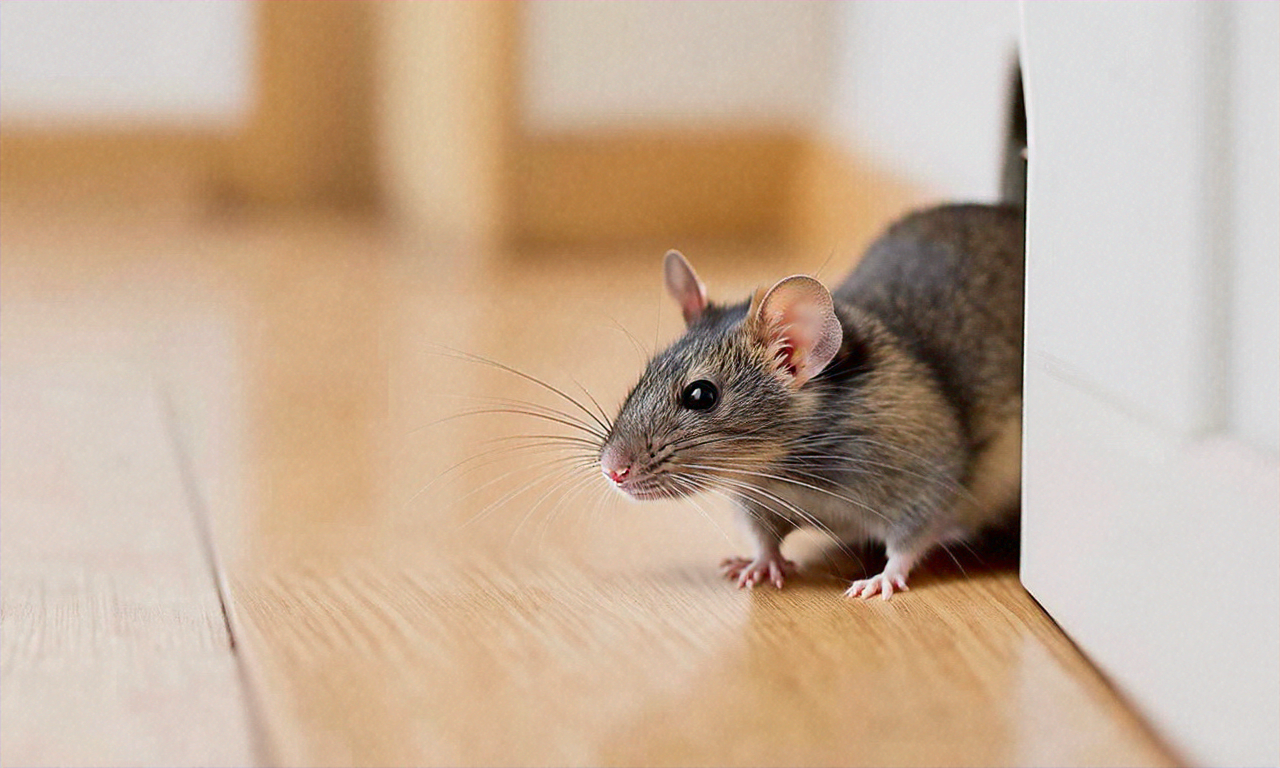Home Pest Control: Practical Strategies for a Bug-Free House
Keep your living space healthy and comfortable with proven pest control methods. This guide covers common household pests, practical DIY solutions, when to call a pro, and the professional treatments available. Learn prevention tips and actionable steps to stop ants, roaches, rodents, termites, bed bugs, and spiders before they become major problems. Ideal for homeowners seeking reliable advice on pest prevention, safe treatments, and long-term protection.

Common household pests and why identification matters
A successful pest-control plan starts with knowing what you’re up against. Different critters require different tactics, so correctly identifying the pest is essential for targeted, effective treatment and to prevent re-infestation.
- Cockroaches: Tough survivors that can contaminate food, spread bacteria, and aggravate allergies.
- Rodents (mice and rats): Capable of gnawing through wiring and insulation; their droppings and urine can carry disease.
- Termites: Wood-eating insects that quietly damage structural timber and can lead to costly repairs if ignored.
- Bed bugs: Nocturnal blood feeders that are notoriously difficult to eradicate once established.
- Spiders: Most are harmless, but a few species are venomous and warrant caution.
DIY pest control methods homeowners can try
For small or early-stage problems, many homeowners can resolve issues without professional help. Use these practical, low-cost approaches first:
-
Seal entry points: Walk the exterior of your home and inspect for gaps, cracks, or holes around doors, windows, pipes, and the foundation. Use caulk, weatherstripping, or steel wool to close openings pests use to enter.
-
Maintain cleanliness: Regular cleaning, especially in kitchens and eating areas, removes crumbs and food residue that attract pests. Store food in airtight containers, wipe counters, and empty garbage frequently.
-
Natural repellents: Plants and essential oils like peppermint, lavender, and eucalyptus can deter some insects. Use potted herbs near entryways or make diluted sprays for non-toxic repellent action.
-
Trapping: Traps are useful for rodents and some insects. Choose the right trap—sticky traps, snap traps, or humane catch-and-release devices—based on the species and your preferences.
-
Diatomaceous earth: This natural powder damages the exoskeleton of crawling insects, causing dehydration. Apply sparingly in cracks, along baseboards, and near known pathways, avoiding areas where it can be inhaled or dispersed.
-
Boric acid: Effective against cockroaches and ants when applied where pests travel. Use with caution—keep it out of reach of children and pets and follow product directions.
Note: These strategies work best for minor infestations. If a problem persists or worsens, escalate to professional help.
When to bring in a professional pest control service
Certain situations call for licensed technicians rather than DIY fixes. Contact a pro if any of these apply:
- The infestation is widespread or affects multiple rooms.
- Repeated DIY attempts haven’t eliminated the problem.
- The pest is potentially dangerous, such as venomous spiders or aggressive stinging insects.
- There are significant health risks to household members, including allergies or compromised immune systems.
- You suspect termites—these require specialized inspection and treatment.
- You want ongoing preventive care or a yearly maintenance plan to keep pests away.
Trained pest-control professionals have access to specialized tools, products, and expertise to handle complex infestations safely and effectively.
Types of professional pest control treatments
Pest management companies use a variety of methods tailored to the pest species and the severity of the infestation. Common professional options include:
-
Chemical treatments: Targeted application of EPA-approved insecticides or rodenticides to remove active infestations and create barriers against re-entry.
-
Integrated Pest Management (IPM): A holistic strategy that emphasizes non-chemical controls, habitat modification, monitoring, and limited, judicious use of pesticides to minimize environmental impact.
-
Heat treatments: Often used for bed bug eradication, these treatments raise indoor temperatures to lethal levels for pests without using chemical agents.
-
Fumigation: For severe, building-wide infestations, complete tenting and fumigation may be used to ensure pests are eliminated from all hiding places.
-
Baiting systems: Strategically placed baits (commonly for rodents and ants) use slow-acting toxicants that are carried back to nests or colonies, reducing populations at the source.
-
Biological control: In some situations, introducing natural predators or pathogens can help manage pest populations without chemicals.
A reputable technician will evaluate your home, explain options, and recommend a plan that balances effectiveness, safety, and cost.
Preventing future infestations: long-term strategies
Prevention is typically more economical and less disruptive than treating an established infestation. Implement these steps to reduce the chances of pests returning:
-
Regular inspections: Routinely check the foundation, roofline, attic, crawlspaces, and other vulnerable areas for early signs of pest activity.
-
Secure food properly: Keep pantry items sealed in containers, clean up crumbs, and avoid leaving pet food out overnight.
-
Control moisture: Repair leaky pipes, ensure proper ventilation in bathrooms and basements, and use dehumidifiers where needed—many pests are attracted to damp environments.
-
Yard maintenance: Trim shrubs and trees away from your home, remove leaf litter, and keep grass short. Store firewood off the ground and away from exterior walls.
-
Manage waste: Keep trash in sealed containers and dispose of it regularly. Compost bins should be well-managed to avoid attracting rodents and insects.
-
Seasonal care: Consider routine professional service in high-risk seasons or after specific events (e.g., heavy rains) to maintain protection.
Conclusion
Effective pest control combines accurate identification, timely action, preventive measures, and knowing when to call in professionals. While many minor issues can be resolved with DIY techniques—sealing entry points, maintaining cleanliness, and using safe repellents—serious, persistent, or hazardous infestations require specialized treatment. By staying proactive and using a mix of common-sense prevention and targeted interventions, you can protect your home and family from the health risks and damage pests can cause.






